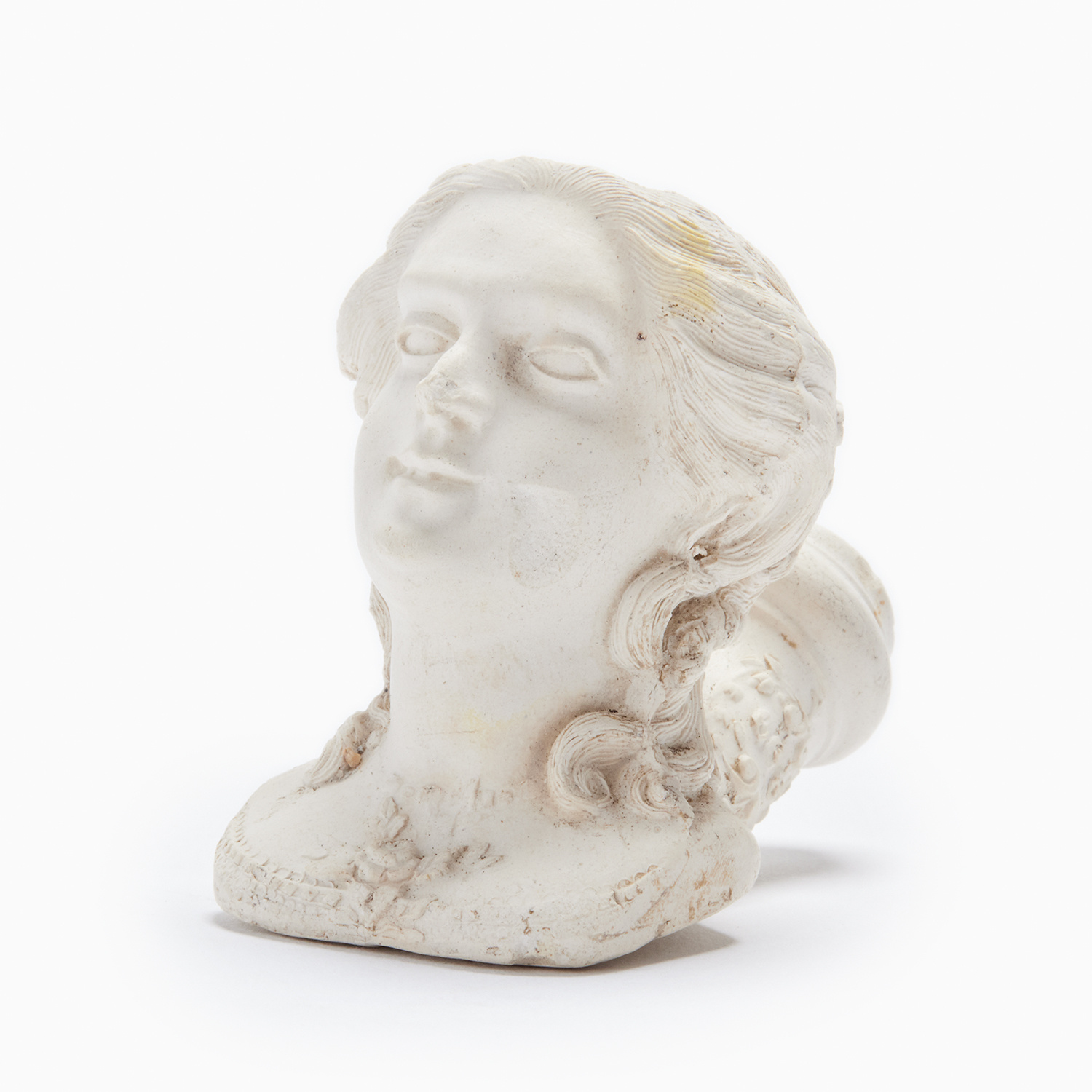

Login
Log in if you have an account
Register
Having an account with us will allow you to check out faster in the future, store multiple addresses, view and track your orders in your account, and more.
Create an accountBrocante Feature | French Clay Pipes

When you think of France, a thousand portraits might unspool across your mind.
A row of elegant women in towering, powdered wigs and silk gowns as sumptuous and complex as a mille feuille. Dozens of peasants decked in proud rosettes, storming the bastille and raising the guillotine high.
Perhaps you conjure a crowded café encircled by smoke, drifting from a pair of dark red lips quirked daintily to one side as a dark espresso rests on the small table below. Or a field of poppies—lavender—bustling Provencal markets and women perching panniers on tables of red currants and creamy fromage.
Regardless of the era, there is one thing we can all agree: the French understand pleasure, and they rarely take it by half-measure.
It’s one of our favorite aspects of the country—why after twenty years, France remains one of our top places to travel, and hunt for treasure along the brocantes. It’s where we found these: a curious collection of clay pipe bowls carved so delicately, it was impossible to believe they could be bundled up and laid on a table for us to find.
At the start of the 19th century, Emperor Napoleon Bonaparte closed the French borders as a means of controlling production: a decision that while questionable, certainly had an interesting effect. Specifically, on the pipe industry.
Pre-1800, the most common pipe was the Dutch clay pipe—efficient if inelegant—so when this mandate was struck, of course the French could not be without their evening smoke. Within months, the clay fields of the Maas region were explored and the French pipe industry was born.
These clay, pipe models are the work of artisans working across the 19th century to recreate intricate busts, Romantic heroes, and figures of legend into a new, short-stubbed pipe bowl that allowed for innovation in design. And because of the French white clay’s fine structure, incredible detail was allowed to immerse.
At the peak of the French Clay Pipe’s creation, fifty million were created per year out of one factory alone—yet due to their nature as a common use item, not many have survived the century in between.
These are just a handful of the pieces we’ve managed to collect, unable to be precisely dated yet stemming from a tradition that reaches back two centuries. When she picked them up from a husband and wife in Provence, Paula imagined them arranged in a shadowbox, decorating an artist's studio or arranged in a bowl on a coffee table.
Regardless of how you display them, we hope you treasure these as much as we do.




